In this section we only want to state the relationship that malaria has had with the people of the Delta; As a result of information obtained by the same people, we want to give a small brushstroke of how the antimalaria campaign was carried out in these lands.
The incidence of malaria in the Ebro Delta dates back to the beginning of the century. In those times, the rapid expansion of rice cultivation in the area, thanks to the construction of the two channels of the Ebro, further favored the presence of mosquitoes, specifically of the genus Anopheles, in an already humid area with lagoons of stagnant waters.
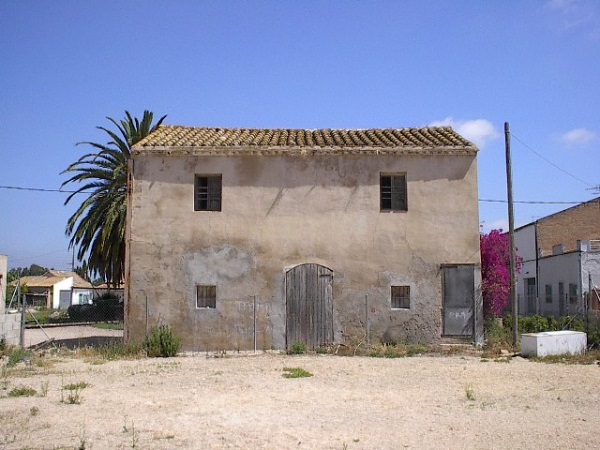
Former antimalarial dispensary of Sant Jaume d'Enveja
Unlike today, rice cultivation required a large number of workers, who came from Valencian or Andalusian lands made it possible to obtain the annual harvest. This fact was a key element in the spread of parasitosis, since many of these seasonal workers came from areas where the plasmodium causing the disease was found.
In addition, the conditions in which both these people and the inhabitants of the Delta lived made this spread easier.
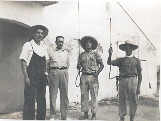
The houses scattered between the rice fields, as well as the fact that the stables and corrals (places where these insects usually take refuge) were a continuation of these houses, facilitated a rapid and safe spread of the disease, which ended up being a domestic transmission, since it affected many members of the same family, especially babies.
Faced with this increase in patients, the General Directorate of Health, which was in charge of these issues, was forced to install several antimalarial dispensaries in the area, one of which was that of Sant Jaume d'Enveja.
This dispensary was inaugurated in 1925, with the function of attending and studying all those cases of malaria in the region, then belonging to the Baix Ebre, where patients from Santiago and temporary workers from abroad passed, in addition to those from La Cava, Jesús y Maria and Camarles.
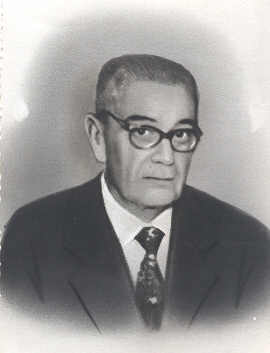
Ildefonso Canicio
The management of the center was in charge of Dr. Ildefonso Canicio and Dr. Pablo Cartañà, the second of whom, two years after the dispensary started operating, went to Barcelona, where he established his residence. Dr. Canicio stayed in charge of the center until the malaria subsided.
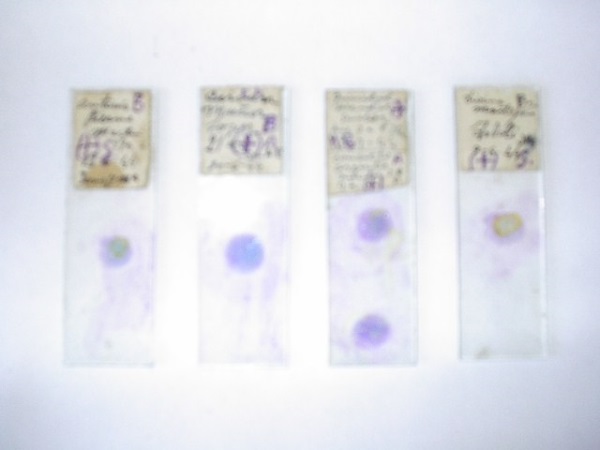
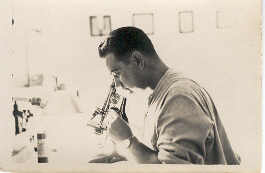
The means with which parasitosis was fought were few and did not make the task easy. Dr. Canicio, a native of San Carlos de la Rápita, established his residence in Sant Jaume d'Enveja. The dispensary was located in the same house where he lived, which made it easy for her to combine his work as a general practitioner in Sant Jaume d'Enveja and dedicate as many hours as possible to studying the disease. His work in the office helped him to come into the world for two generations, so he got to know his patients very well.
To determine the plasmodium, blood extractions were carried out, which Mr. Artur Sánchez carried out. With these blood samples thick film preparations were made and analyzed under the microscope by Dr. Canicio.
All the cases analyzed were collected in files provided by the Generalitat of Catalonia or by the General Directorate of Health, where the results of the analyzes carried out are collected, depending on whether they were positive for malaria or not, and if so, what type of malaria was. From the study of these files, some graphs were made, made by hand by the doctor himself, in which it is recorded what types of malaria were present in the Delta as well as the origin of the patients and their number. These results revealed a higher incidence of malaria cases caused by Plasmodium vivax (tertiary), which fortunately, the different types of plasmodium were not the most virulent. There is also evidence of cases of Plasmodium malariae (quartan) and Plasmodium falciparum (laveriana).
The treatment of the disease was based on quinine, also called sofate, which was administered in pill form. Its bad taste caused patients to be forced to take it in the same dispensary to ensure that it was administered correctly. Over the years, different formulations were alternated so that its taste was not so unpleasant while also making it more effective. In the last years of the campaign against malaria, specifically from 1943, A.T.P. tablets (0.1 gram of atebrin and 0.005 grams of plasmoquine) were administered.
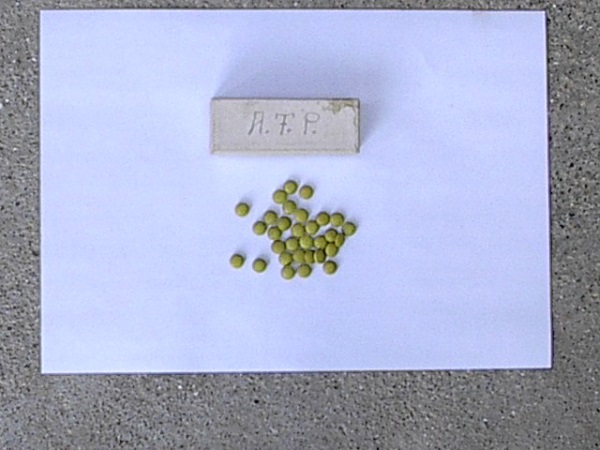
ATP pills
The antimalarial campaign gave rise to studying the biology of the mosquito that transmits this plasmodium, in order to launch an integrated fight in which a key element was to inform people well of what measures could be adopted to reduce the possibilities of infection, editing information sheets found in dispensaries; Progress, with better sanitation in the houses, added to the intense struggle carried out in the area, made possible the eradication of malaria in the Ebro Delta towards the 1950s.
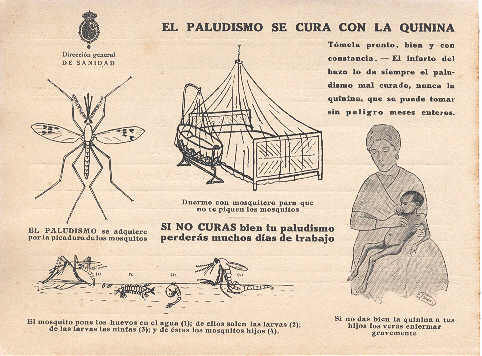
As an anecdote, in our search for information, we were able to show the file with the data of the care in the consultation to its owner, Francesca González, who at the age of 22 contracted malaria and was treated by Dr. Canício at his office of Sant Jaume d'Enveja.
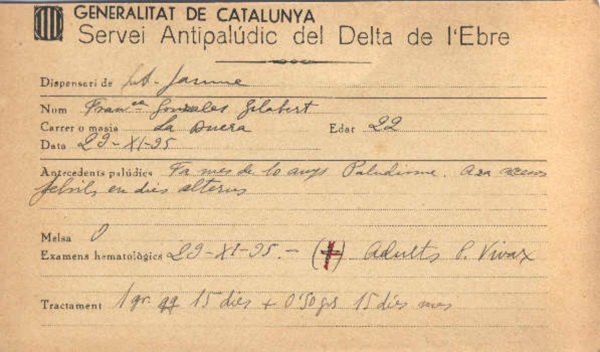
Dr. Canicio dedicated a large part of his life to the fight against malaria in the Ebro Delta; he and his wife were also affected. He died in Sant Jaume d'Enveja on January 6, 1961 at the age of 62. In his dispensary he left numerous files of his patients that record his work, as well as the graphs, blood samples and some utensils used in the dispensary, recovered first by his adopted daughter, Adela Gisbert Casanova, and nowadays for his grandchildren, who have recently exhibited all this material in the town of Sant Jaume d'Enveja.
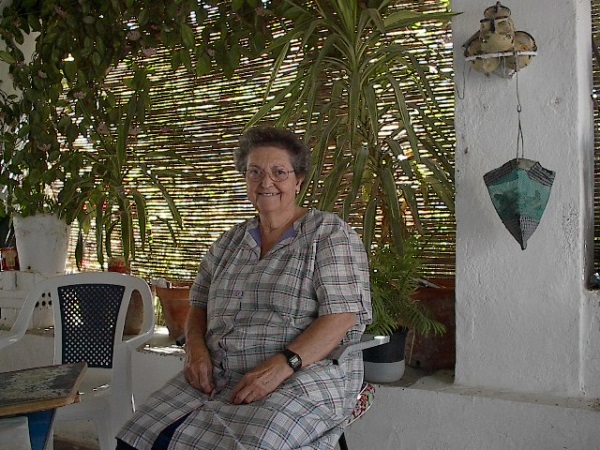
Adela Gisbert Casanova



